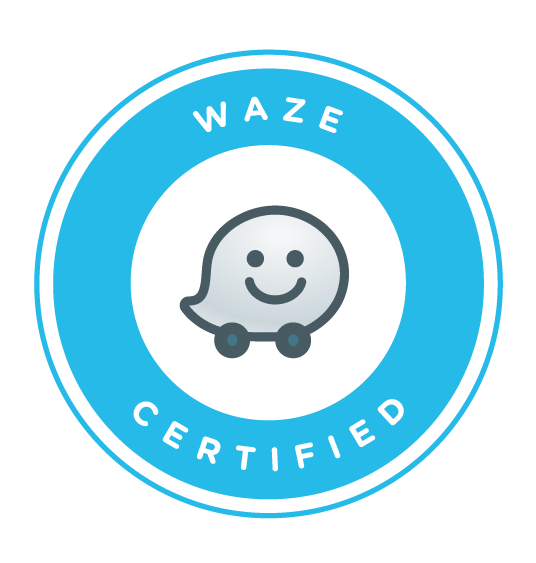
The Art of War
Nobody likes to lose, but what’s worse than losing is when you lose to a cheat.
I have recently experienced this exact situation, except it wasn’t in a game or sport, but in business. The opposing company had a strong position, they looked good, well staffed, were long established and had some big names on their client list.
So what did I have to complain about?
Something about this company didn’t quite seem right, although long established their list of services was like the Yellow Pages.
This raised my first red flag, you can’t be good at everything, and typically the bigger a company the less specialist they tend to be. So when the companies Director is a self-proclaimed “Social Media Expert” it makes me wince, even more so when he also suggests he has a wide range of other experience.
Not that I claim to know everyone in Social Media, but I had not heard of this guy before, and he’s relatively local. Not seen a blog post by him, Twitter feed or other reference.
Now whilst Sun Tzu, in The Art of War states “All warfare is based on deception.”, he also says “Know your enemy and know yourself and you can fight a hundred battles without disaster”.
So a little digging was in order, and it didn’t take long to uncover the charade.
Please note: No company names, or names of those involved other than my own will be mentioned in this post. This article is about highlighting the issue with buying fake followers and how easy it is to spot, not outing the competition.
The following process is useful not just to to root out Social Media cheats, but also allows you to better understand your competitors, potential new clients, suppliers or even future employees.
The Investigation Begins
The first port of call was their website. Was there a blog and was he blogging?
Well yes there was, and there was also a recent post in his name. In fact, his profile linked directly to his Twitter account, with some 4,000+ followers, that’s not bad.

The Twitter Account
Hang on, but he’s following back less than 100 people!
Red flag number 2.
It is unusual to encounter such a disparity in Follower and Followed rates. This usually only occurs when you have someone famous, or who is popular for other reasons, or sometimes with brand accounts.
Pieces of the Puzzle
So let us check out his Followers.
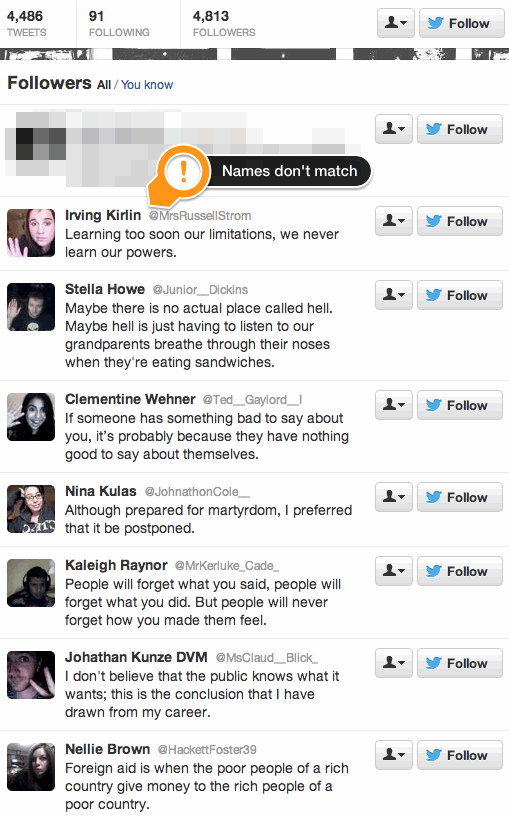
Twitter Followers
Notice how all the accounts, although with different bios, profile photos and names still all seem similar in some way?
Now look at a few sample Follower profiles:
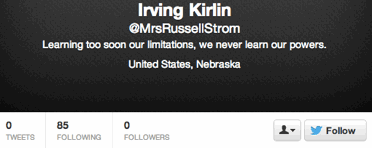
Fake Follower 3
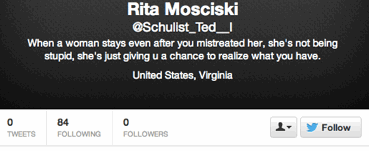
Fake Follower 2
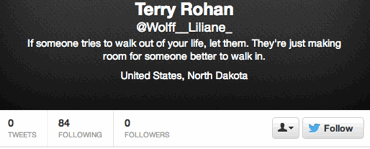
Fake Follower 1
All profiles follow 84 or 85 accounts, have no Followers themselves and have never sent a Tweet. This is a classic fake profile, it is also evidence of buying Followers.
So now we suspect our competitor is buying Followers on Twitter to make his profile look more impressive from a numbers perspective. Unfortunately for him what he doesn’t realise is that his activity is an open book that could not only embarrass him, but also his company.
SocialBakers Fake Follower Check is a great tool that gives a guide as to whether you have picked up any fake Followers on Twitter, inadvertently or otherwise. In this case it reported that the account following was 100% fake, so I wanted a second opinion.
Update: Here is an explanation of how the SocialBakers Fake Follower Tool works.
StatusPeople also have a Fake Follower Reporting Tool and on the target account suggests 57% of his Followers are fake.

Status People
Both tools take a cross sample of Followers and check these against known fake sources, so results may vary on the same account but are a good indicator.
The Final Evidence
Just to ensure we have a water tight case on our competitor one final check is to see if there is anything unusual in the rate at which he is acquiring Followers. We can do this easily using TwitterCounter, amongst other things it will provide a graph showing the rate at which Followers have been acquired.
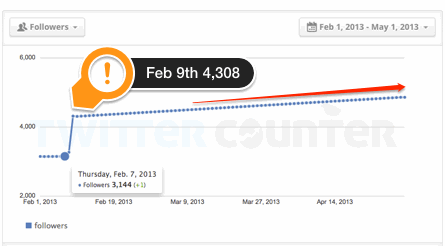
Twitter Counter Fakes
And there we have the evidence, somewhere around the beginning of February he suddenly gained 1,000 Followers overnight.
A sure sign of buying Followers.
He then starts to steadily gain Followers at the rate of exactly 7 a day. Probably aware that a sudden uplift too often may look suspicious, whereas a steady rise may not. The trouble being that natural Follower growth like other things in life varies, because it’s ermmm…natural! So any consistent number over a period of time obviously stands out.
My Conclusion
My competitor is a cheat!
He’s faking his profile without realising the transparency of what he has done. Which in turn means he lacks understanding of not only the social space, but probably the analytical reporting that is possible behind it.
This also means that clients of this agency are at risk of receiving poor advice at best. In the worse case scenario they may also have some of these awful tactics unknowingly applied to their brands account in a bid to make it look like the agencies strategy is working.
If this is the type of activity they get up to with Social Media, I hate to think what their Search Engine Optimisation tactics are like!
What do I do with this knowledge?
I’m not sure, hopefully the client will see through the shiny graphics on the agencies website and the promise of online marketing nirvana. And instead realise that a small company with practical experience really can offer a big brand the type of expertise they require.
We wait on their decision.
My Advice
Whatever the temptation, please don’t buy Followers or Likes; fake people don’t buy from your company and are not advocates of your brand. In the long run you have more to lose than just money!
There is more…
Whilst I am not going to name names in the case above, there is some further interesting analysis that can be done on the fake Followers.
By clicking on the Following link of any of the fake Followers you can see who else has been buying Followers. So far I have uncovered a Reuters correspondent, a famous UFC fighter, numerous Social Media marketeers and even a New York Stock Exchange Governor who is buying followers at the rate of 198 a day!
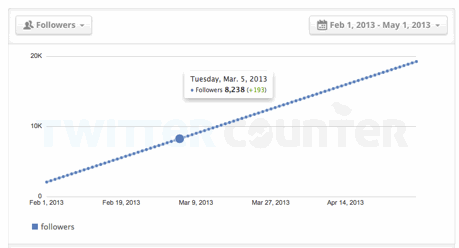
NYSE Governor




